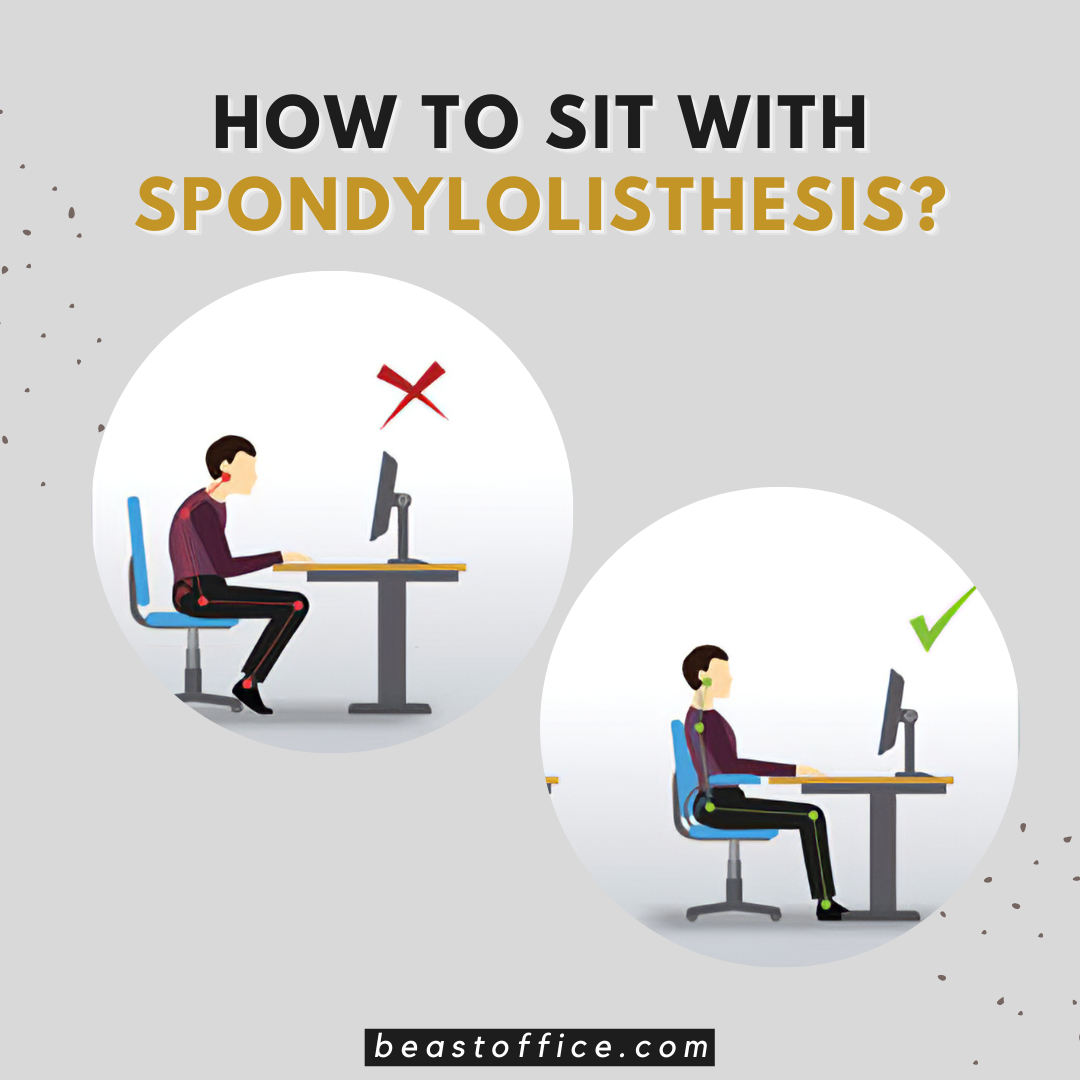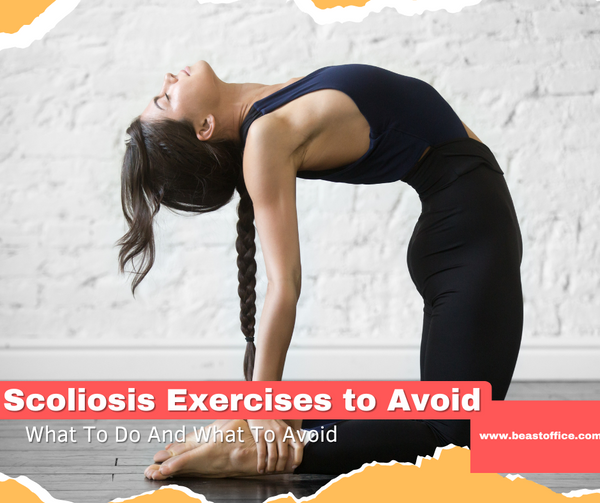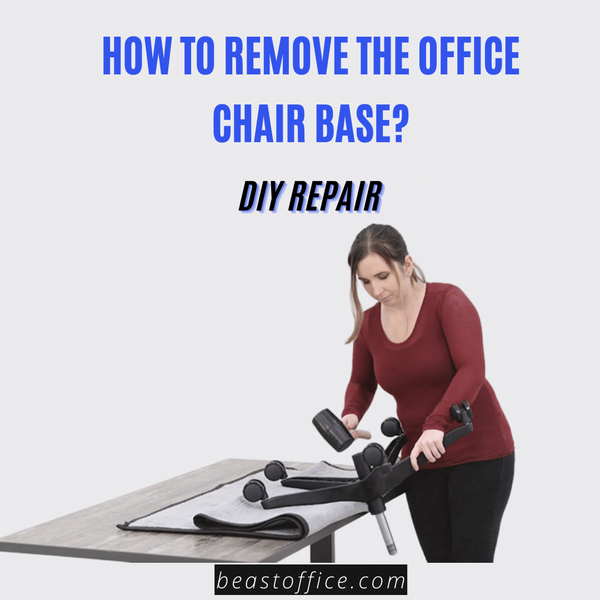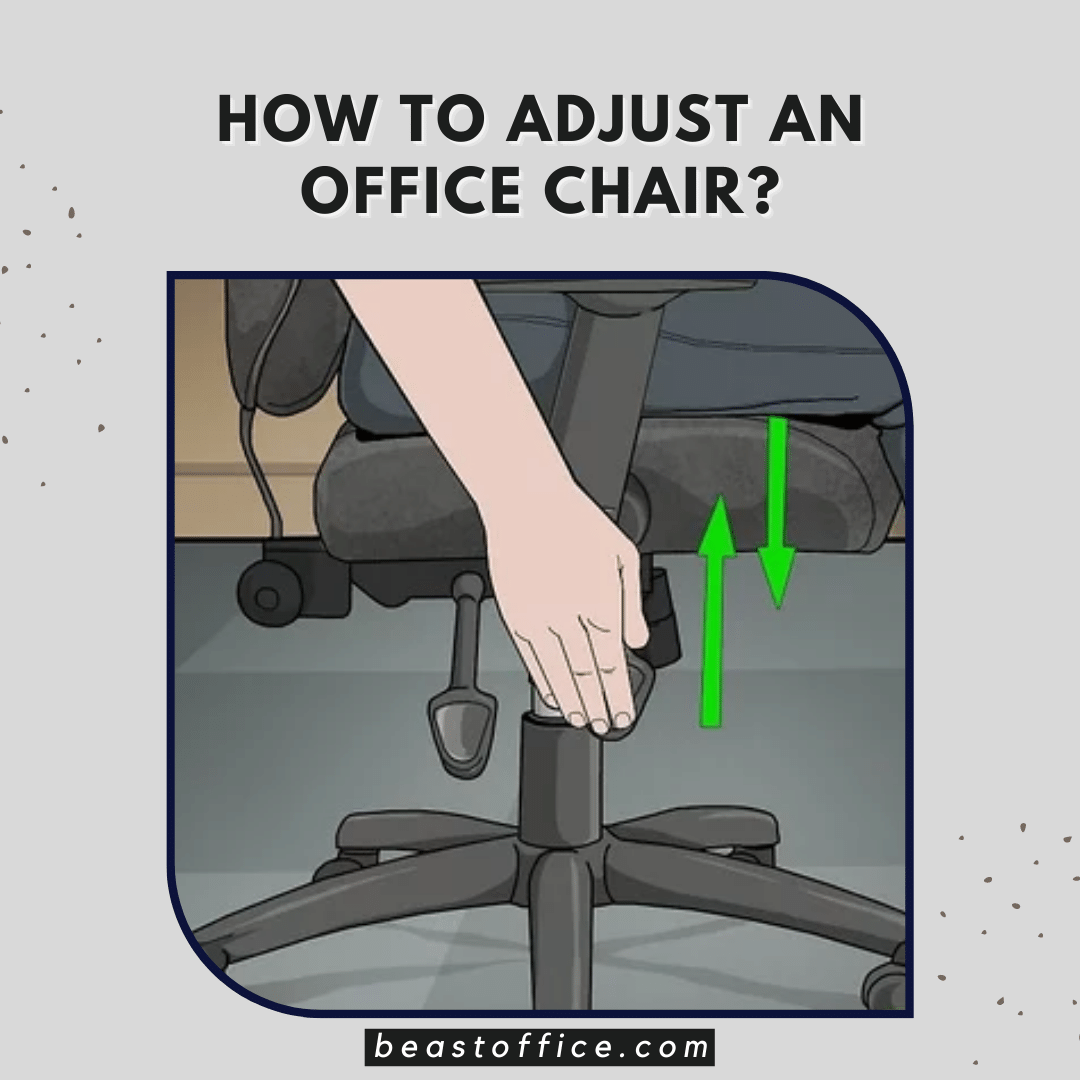Spondylolisthesis (a condition in which there is the instability of the spine in other words there is hypermobility of the vertebras which allows the vertebra to slip out of place onto the vertebrae below) is one of the most common causes of lower back pain, affecting an estimated 70-80% of people. What can you do to prevent or treat this condition?
It usually occurs at L5-S1 or L4-L5 (the second most common site) but can occur anywhere along the spine. It can cause back pain and other symptoms, such as numbness and tingling due to nerve impingement.
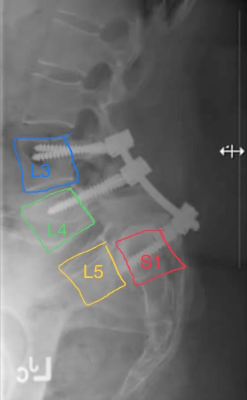
Signs and Symptoms
It can affect people of all ages as it can be Congenital, Ischemic, degenerative, Traumatic, Pathological, and post-surgical.Spondylolisthesis is more common in women than men because females tend to have lower bone density than males which depends on Hormones and other factors. The signs and symptoms of spondylolisthesis can include:
Pain in your lower spine, which often agitates while standing or walking and is relieved when sitting or bending forward.
- Pain that spreads or radiates to your lower body parts.
- Tight hamstrings (the muscles in the back of your thighs).
- Pain, numbness, or tingling spreads from your lower back down your leg due to nerve impingement (sciatica).
Clinical Findings
Spondylolisthesis is usually A-symptomatic, so it is mostly discovered while testing something else. Tests to identify Spondylolisthesis are:
- X-ray
- MRI
- CT scan
There are five grades of slips that can be seen in a radiographical finding
- Grade 1 which is less than 25% slip
- Grade 2 which is 25% to 49% slip
- Grade 3 which is 50% to 74% slip
- Grade 4 which is 75% to 99% slip
- Grade 5, in which the vertebrae have fallen off the vertebrae below it
Differential Diagnosis
Differential Diagnosis is a process of differentiating between two or more Diseases that share similar signs and symptoms.
- Degenerative Lumbar Disc Disease
- Lumbar Disc Problems
- Lumbosacral Disc Injuries
- Lumbosacral Discogenic Pain Syndrome
Tips on How to Sit with Spondylolisthesis
Sitting with Spondylolisthesis can be painful, but it doesn't have to be. Here are some tips on how to sit with Spondylolisthesis:
Sit Up Straight

Keep your back straight and upright. If you're sitting in a chair that is too high, It can put pressure on the vertebral discs in your spine which can cause pain and discomfort. You may adjust the height of your seat by reclining. It will help reduce the chances of any injury. Sit up straight because this helps prevent neck and back pain from developing in the future. Posture Correction Belts can also be used to Correct your posture while sitting and standing.
Don't Twist

If you're in pain, try not to twist or curve your body in the painful region instead try to move your body only in the pain-free range available.
Use of Pillows or Blankets Rolled-up Towel
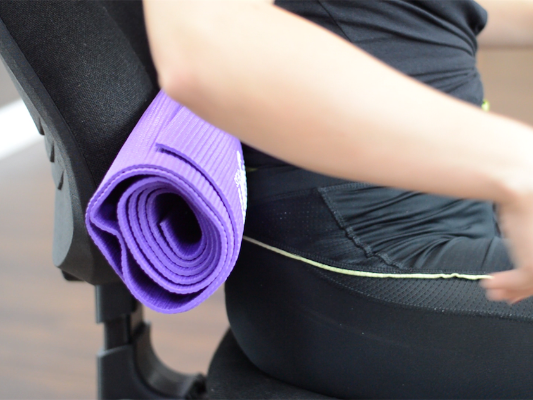
You may use a pillow, blanket, or rolled-up towel under your knees if you have pain in your knees to relax the hamstrings and calf muscles.
Try not to Cross your Legs
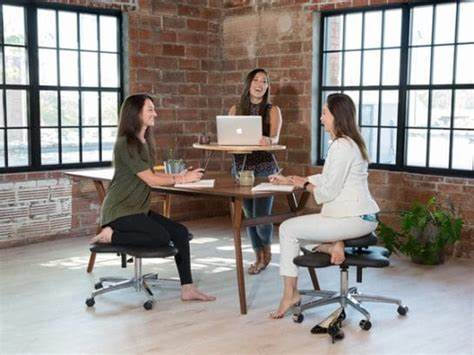
When you have Spondylolisthesis, keep your legs and arms straight. Instead, let it hang horizontally to the body and at about 90 degrees to the floor. This will help in spinal stability and eliminate any slip of vertebrae which removes any risk of nerve impingement and helps relieve any pain that this condition may cause.
Avoid Sitting on a Hard Surface
The other thing to avoid is sitting on hard surfaces like concrete or tile. Try to sit on something soft, like carpet or grass or cushioned surfaces, so that there is no spinal compression and the pain or discomfort from sitting in one position for long periods will be eliminated in this way.
Maintain a Healthy Weight and Lifestyle
Maintaining a healthy weight/Body mass index (BMI) (which can be calculated by dividing the person's weight in kilograms by the square of height in meters) can help people with Spondylolisthesis because it reduces the amount of pressure and stress on their spine. To stay healthy, you need to drink a lot of water, eat healthy foods, and avoid anything that might aggravate your condition.
Wear a Back Brace or Posture Corrector Belt
You will feel uncomfortable wearing a brace for the first time. You should wear a Brace under your clothes. The brace will resist the hypermobility of the vertebrae, thus stabilizing the spine and reducing the pain.
Tips to Sit with Spondylolisthesis While Office Hours
If you have to spend a lot of time sitting at work or in the car or during online work at home, it's important to ensure that you are sitting properly in an ergonomically designed chair. You may need assistance from your doctor or physical therapist to learn how to sit with spondylolisthesis.
Front Edge
Sit on the front edge of the chair and rest your hands on the armrests. This position allows less pressure on your spine compared to sitting completely upright.
Lean Forward
Lean forward slightly and point both feet straight ahead, not cross over each other (for example, left foot over the right knee). This helps prevent any twisting of your spine while sitting down and shifts the center of gravity and weight towards the leg, which helps the spinal muscles relax.
Lean Back
Lean back against the chair as comfortably as possible while keeping your back straight (do not recline) or lean back in an ergonomically designed curvy chair which helps the spine to regain its ordinal S-shape.
Wear Loose Clothing
Clothes tight around the waist or hips can restrict movement and cause discomfort in the lower back. Make sure that any shirt or pants you wear have plenty of room around the stomach area so there isn’t any constriction when sitting down for long periods at work.
Move Around Frequently or Ankle Pumping
In addition, getting up and walking around every 5 to 10 minutes after long periods of sitting is very important. It will allow your muscle to stretch and relax before returning to work. This will also help prevent blood clots from forming in your legs if you have been seated for too long. Apart from that, if you are too tired or feeling lazy and do not want to get up from the chair and walk around, try the ankle pumps; this will allow the calf muscles to contract and relax, thus allowing the blood flow to improve, prevent swelling in feet’s and warm up the body.
Maintain Knees Level
Sit with your knees level or higher than your hips. Avoid slouching or crossing your legs. Suppose you have trouble keeping your knees level higher than your hips; this may allow the blood flow to flow through your legs constantly and will not accumulate in your legs due to gravity. You may want to consult a physical therapist or occupational therapist specializing in postural correction techniques.
Medical Pain Relief Treatments
Medication
Nonsteroidal anti-inflammatory drugs (NSAIDs). These include (ibuprofen and naproxen sodium). NSAIDs help reduce inflammation and relieve pain. Muscle Relaxants (Tizanidine, Thiocolchisides) can be used for muscular pain. For Neuropathic Pain (Pregabalin, Gabapentin) can be used. Other than that, Supplements such as (calcium, vitamin D3, and Multi-vitamin) can be used to strengthen the muscles and bones of the body.
Physical Therapy
Physical therapy or different exercises can help reduce Spondylolisthesis pain. Below are some of the most important exercises to help restore your Activity of Daily Living (ADLs) pain-free. These are:
- Isometric and Isotonic Exercise
- Core Stability Exercises
- Gait Training
- Stretching and Strengthening exercises
- Balance Training
- Endurance Training
- Cardiovascular Exercise’s
- Williams Flexion Exercise's
Surgery
Many patients have to undergo surgery for Spondylolisthesis. The most common preference of Surgeons is spinal fusion. The following are the most common types of surgeries used to Correct Spondylolisthesis.
- Surgery to relieve pressure on nerves (laminectomy)
- Surgery to restore stability (Spinal fusion)
Conclusion
After reading this post, we hope you have gained a better idea of what sitting with spondylolisthesis feels like. As our guide to achieving pain relief, ensure you have the right seating position and ergonomic designer chair and take frequent breaks to stretch your back.
If sitting does not provide enough relief, consider getting a seat cushion or Office chair, for long hours to spend on your computer.



